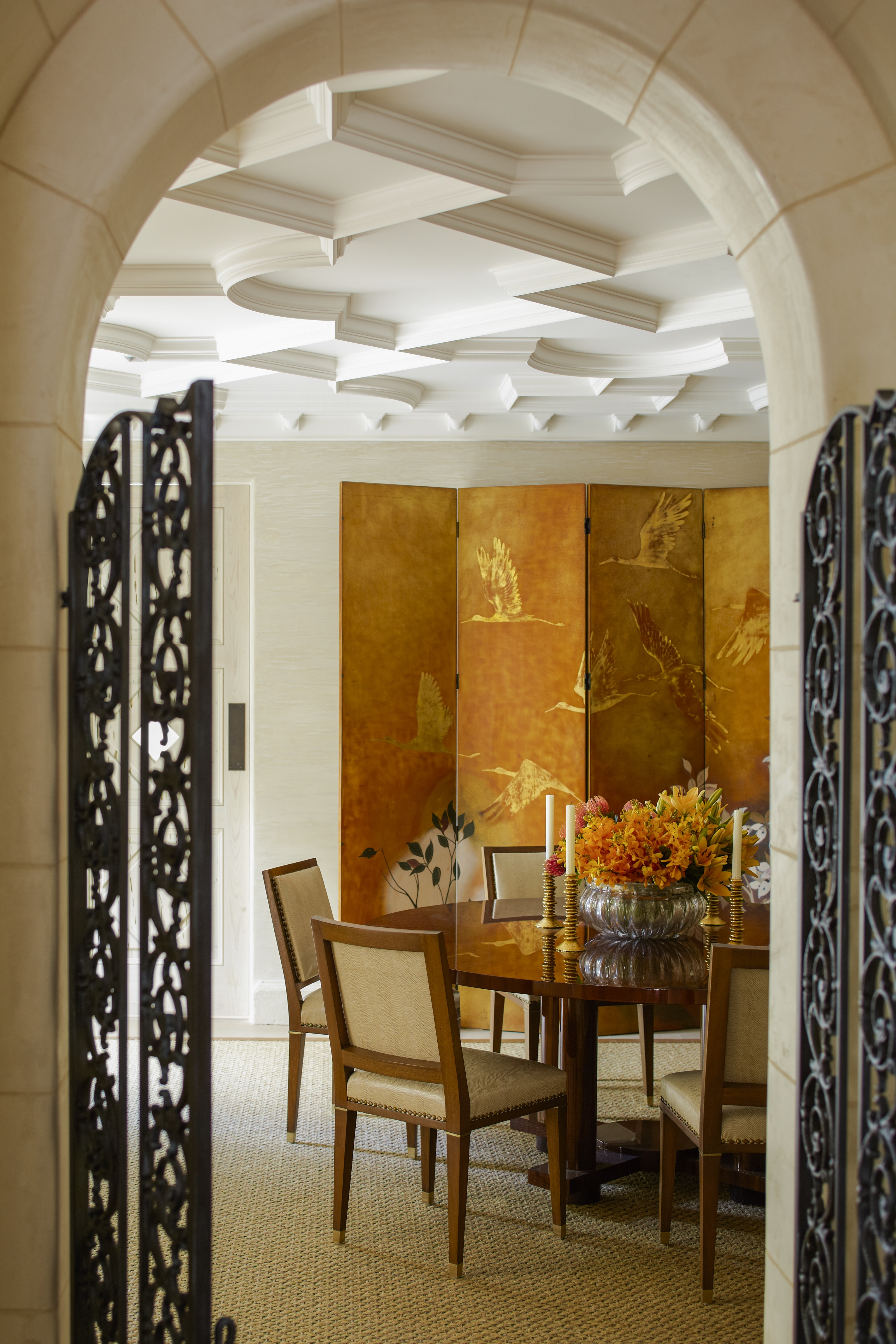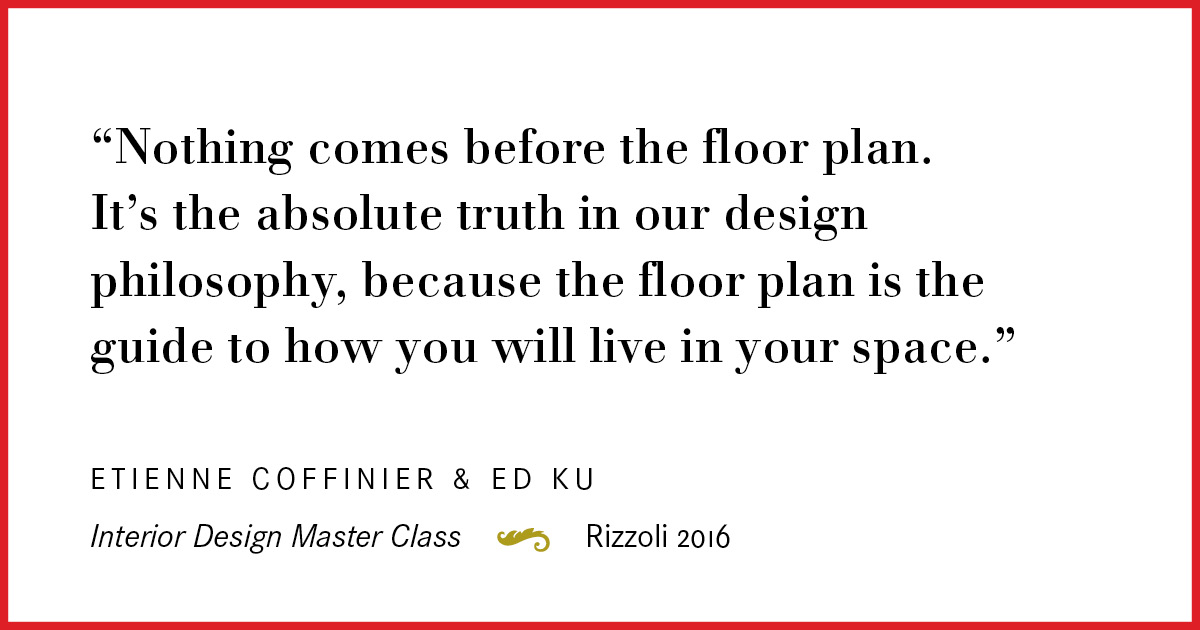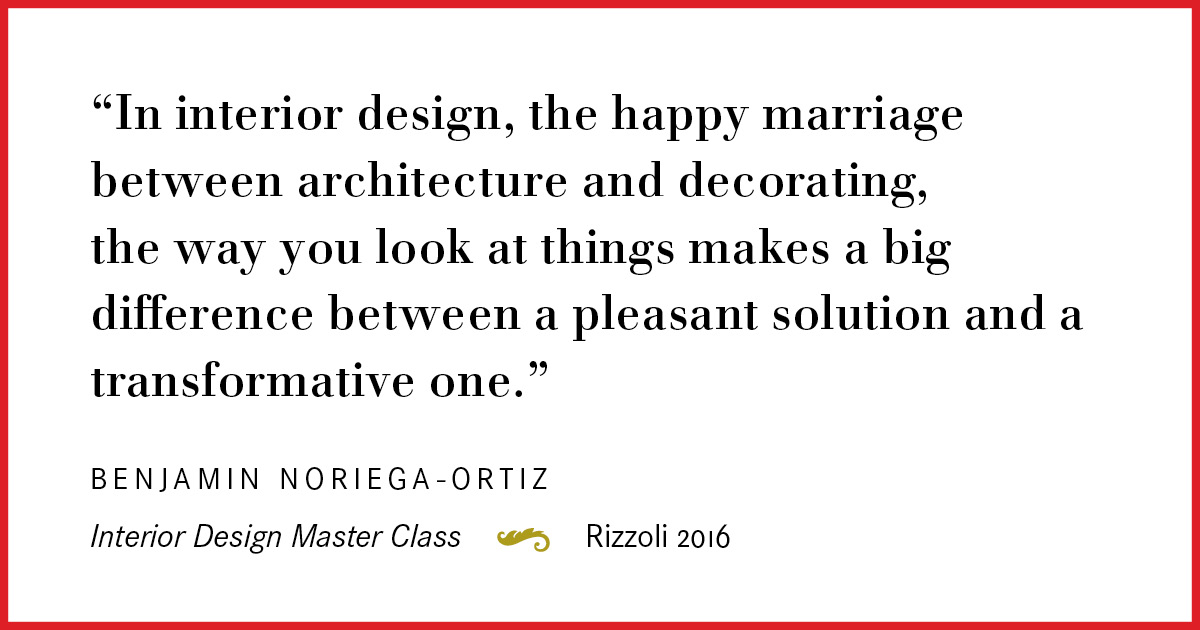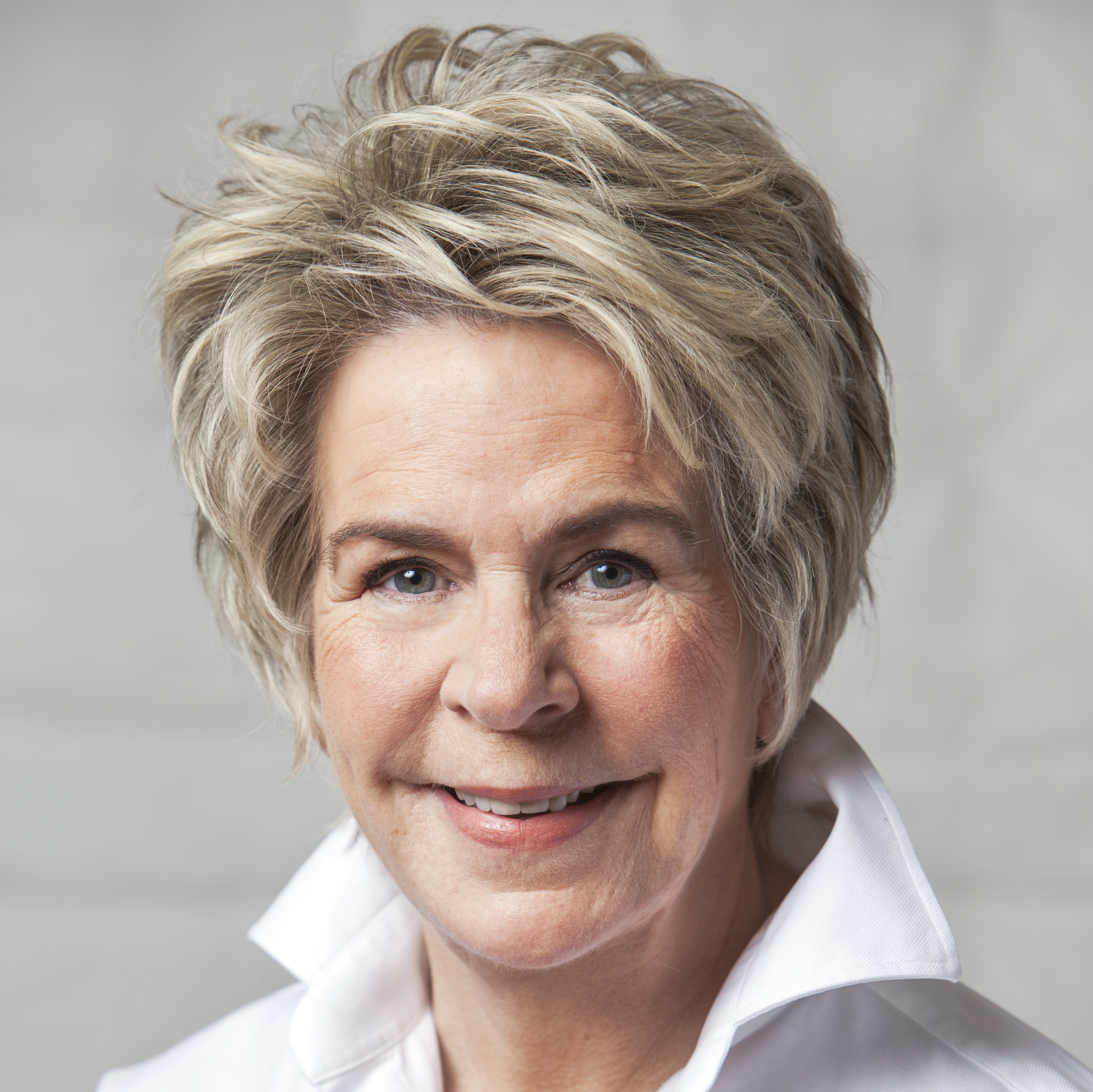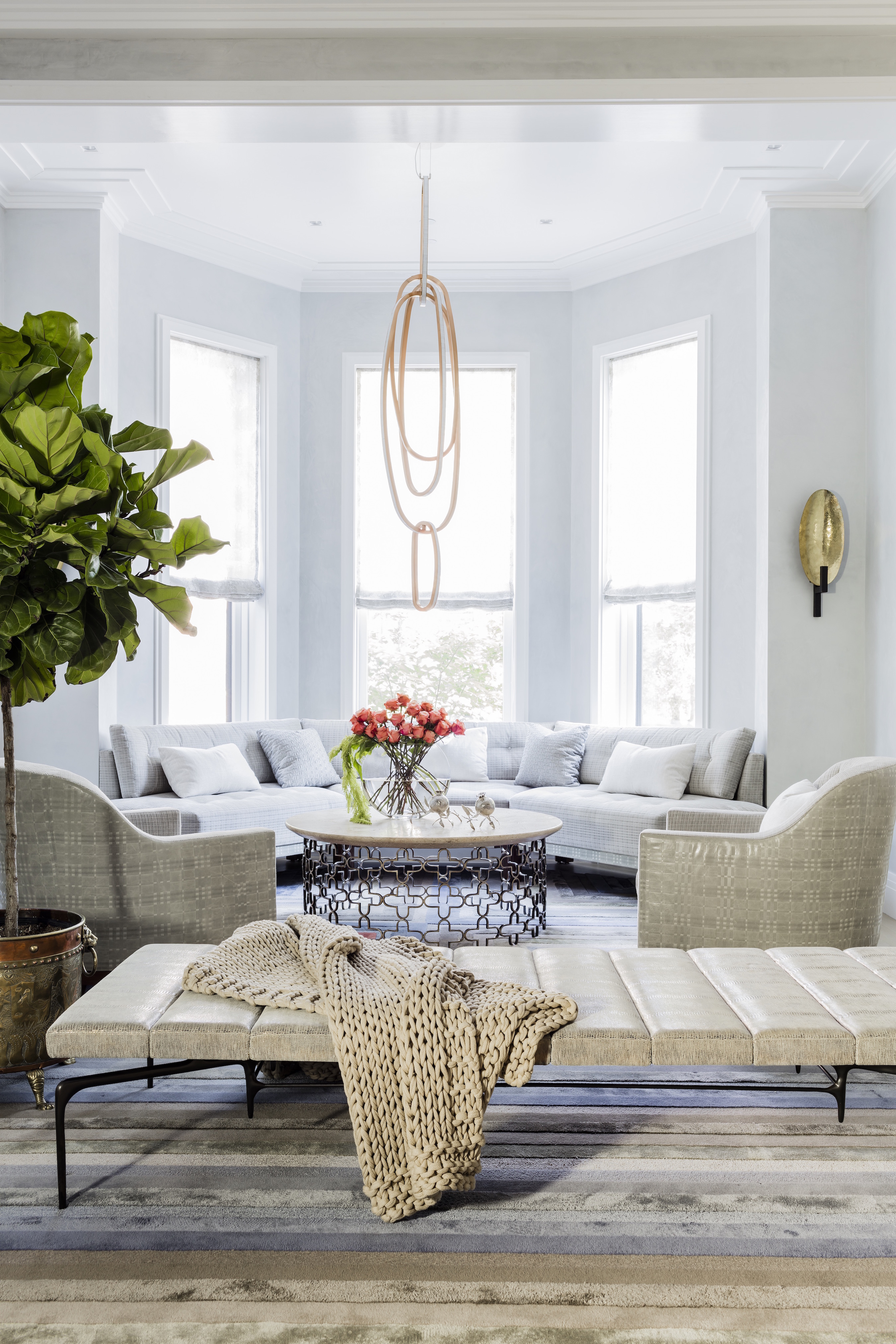
“In our work, we may start a project with an underlying ideal, yet never a hard-and-fast one. Like cooks, designers allow their ideas to evolve as they work. There is absolutely an element of chance to both pursuits.
For a chef, the discovery of a particularly wonderful, seasonal ingredient from the farmers’ market may inspire an entire menu. The designer, like the chef, must be consumed by the beauty of materials, found or invented, “raw” or “cooked,” analogous to the ingredients in a recipe.”

